Wisconsin Capital Collapses – 1933
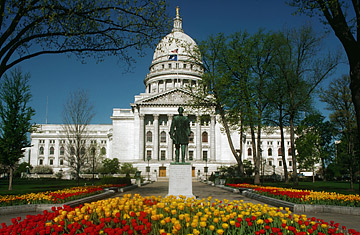
The Madison Capital-Times’ 1933 April Fools’ edition included a doctored photo of the Wisconsin state capital in ruins. The accompanying story claimed that the building was felled by a serious of unusual explosions caused by hot gas produced by the “verbose debates” in the chambers. Readers weren’t amused by the trick, but Washington, D.C., had to be relieved it was merely a hoax. If such explosions were possible, there would be nary a building left standing in the District.
The Spaghetti Tree – 1957
Switzerland is known for banks and chocolate, not spaghetti, right? Tell that to the millions who fell victim to a BBC April Fools’ report touting the bumper harvests from Swiss spaghetti trees. The report, which ran three minutes, even led some to ask how they could have a spaghetti tree of their own. The Beeb’s response? Put a strand of spaghetti in tomato sauce and “hope for the best.”
Do-It-Yourself Color TV – 1962
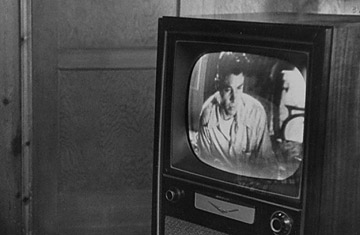
Color television wasn’t widespread until 1966, but some Swedes armed with nylon stockings tried to get it four years earlier. They fell victim to a hoax by Sweden’s Sveriges Television, which trotted out a “technical expert” to explain on-air — in thoroughly technical terms — how a thinly stretched nylon screen in front of a television would bend light’s wavelengths and produce a color image. The thousands who tried it learned quickly that there was no such trick — and were out a pair of stockings to boot.
Planetary Alignment – 1976

The British media have a unique affinity for pulling April Fools’ pranks, matched only by the British public’s unique ability to fall for them. On April 1, 1976, BBC Radio 2 astronomer Sir Patrick Moore gave listeners some bunk about how, at 9:47 a.m., Pluto and Jupiter would align in such a way as to temporarily reduce Earth’s gravity. Moore told listeners to jump at exactly that time to experience the once-in-a-lifetime effect. At 9:48, callers flooded the lines, eager to describe how they had briefly floated. News that Moore had played them no doubt brought everyone crashing back to earth.
Sidd Finch – 1985

A fastball that cracks 165 m.p.h. A devoted student of “yogic mastery.” A name like “Hayden Siddhartha Finch.” A baseball player like that has to be too good to be true — and he was. Sidd (for short) was merely the figment of Sports Illustrated writer George Plimpton’s imagination. That was enough to get him a 1985 article in the magazine. Mets coach Mel Stottlemyre got in on the ruse, posing for a photo talking to “Sidd,” who was actually an art teacher masquerading as the fake baseball player.
Richard Nixon for President – 1992
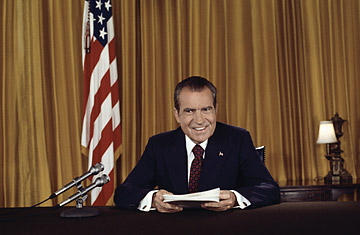
“I never did anything wrong, and I won’t do it again.”
Certainly not the makings of a great campaign slogan, but it’s the memorable line from Richard Nixon’s ill-fated 1992 campaign for President. Never mind that Nixon himself wasn’t involved — comedian and Nixon impressionist Rich Little and NPR’s John Hockenberry teamed up to pull off the prank on the radio network’s Talk of the Nation program. Befuddled listeners called in to let “Nixon” know just how certain they were that they didn’t want to give him the chance to, um, not do anything wrong again.
The Taco Liberty Bell – 1996

Freedom doesn’t ring as sweet when Taco Bell is footing the bill. America was outraged when the fast-food chain took out a full-page ad in six major newspapers, claiming it had purchased the Liberty Bell and was renaming it the Taco Liberty Bell. But no worries — they planned to leave it on display. The prank’s real victims were hapless National Park Services employees manning the phones at the Liberty Bell. Unaware of the media blitz, they spent their April Fools’ Day reassuring Americans that no, their national monument hadn’t been sold off to the highest bidder.
The Left-Handed Whopper – 1998
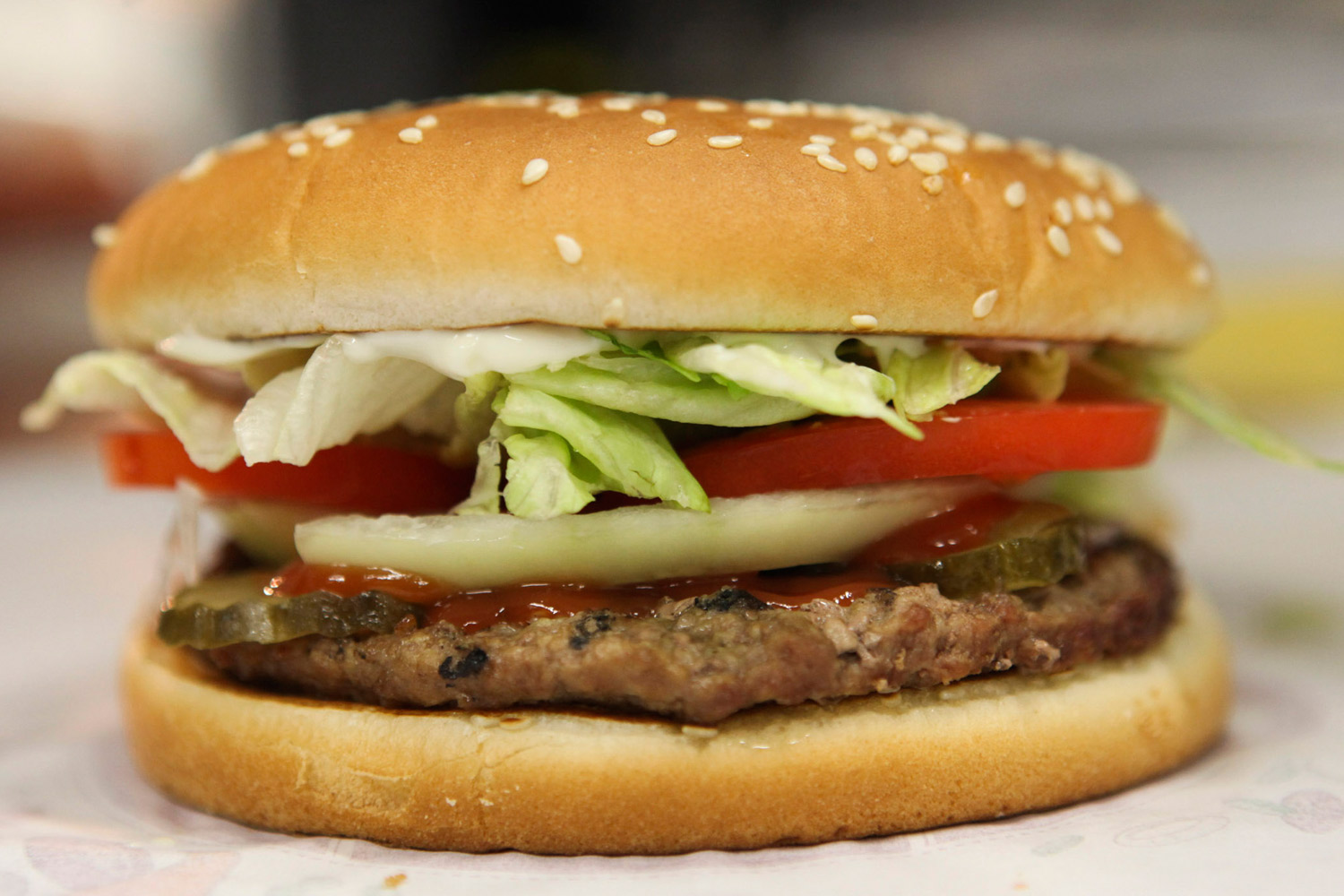
Burger King cooked up a whopper of a different sort in 1998, but that didn’t mean fast-food customers were any less willing to swallow it. In a full-page ad in USA Today, Burger King announced a solution for the 1.4 million left-handed customers visiting their restaurants every day: the Left-Handed Whopper. Burger King said all the condiments were rotated 180° to suit the left-handed burger connoisseur. Southpaws eagerly tried to order the burger the next day, but they had to wait in line behind right-handed folks equally caught up with making sure they got the correct Whopper. The thought that a burger is basically, you know, a circle apparently never crossed their minds.
Alabama Redefines Pi – 1998
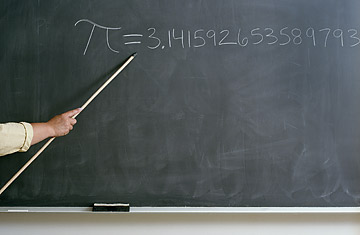
Scientists aren’t exactly friendly toward Alabama’s efforts to push intelligent design in schools, but one hit below the belt when he published an article in the April 1998 issue of New Mexicans for Science and Reason suggesting that the Alabama legislature was tampering with the mathematical constant pi. The article, penned by physicist Mark Boslough writing under the pseudonym April Holiday, suggested Alabama was redefining pi as 3.0 instead of 3.14 to keep it closer to the “biblical value.” State legislators were swamped by angry callers beseeching them to leave pi alone.
Gmail Paper – 2007
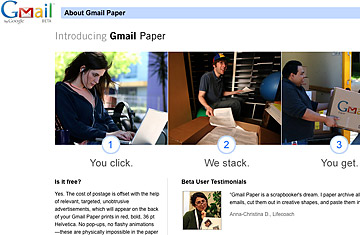
“You click. We stack. You get.”
Google has long encouraged users of its Gmail service to archive, rather than delete, their e-mail. But paper archives too? That was the idea behind the 2007 launch of Gmail Paper, which promised to provide on-demand printed copies of e-mails for users. The massive costs of printing and shipping would be offset by advertisements on the back of each sheet, printed in “red, bold, 36-pt. Helvetica.”
The hoax website lives on today. But paper lovers beware — there’s still no word on how Google planned to handle the Viagra ads and Nigerian e-mail scams that would undoubtedly clutter every shipment.
Highchair for Dogs – 2011
This video uploaded by IKEA Australia unveils the IKEA HUNDSTOL, a highchair for dogs with a hole in the back for tails and water plus built-in bowls for water and food.
The YouTube Collection – 2012
YouTube announced it was putting every video ever uploaded onto DVDs, which would initially be delivered in 175 trucks — pack mule for users who live in rural areas. To make a comment, users would have to complete a paper form and mail it to the video creator directly.
Military Working Cats – 2013

The U.S. Army announced it was enlisting cats to reduce military spending. The news release said “a young, healthy cat can jump over eight feet in a single bound so if an enemy approaches a cat, the cat will be able to jump on him and either disable him, or claw him to death if he fails to stop resisting capture.”
A version of this story was published on April 1, 2011.
More Must-Reads From TIME
- Dua Lipa Manifested All of This
- Exclusive: Google Workers Revolt Over $1.2 Billion Contract With Israel
- Stop Looking for Your Forever Home
- The Sympathizer Counters 50 Years of Hollywood Vietnam War Narratives
- The Bliss of Seeing the Eclipse From Cleveland
- Hormonal Birth Control Doesn’t Deserve Its Bad Reputation
- The Best TV Shows to Watch on Peacock
- Want Weekly Recs on What to Watch, Read, and More? Sign Up for Worth Your Time
Write to Olivia B. Waxman at olivia.waxman@time.com